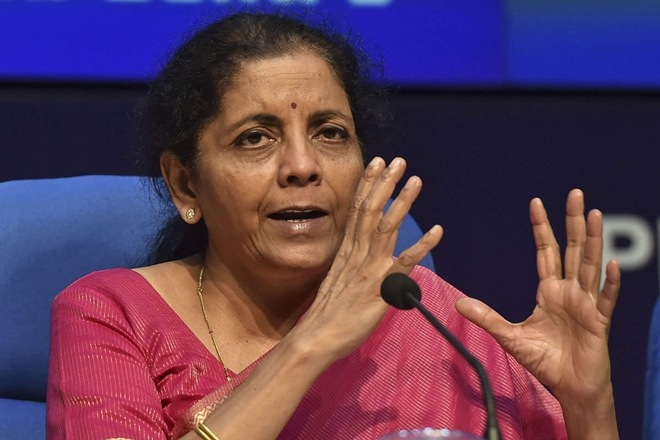The government on Wednesday held another meeting of the Cabinet but the wait for a much-anticipated relief package to prevent large-scale job losses and rebuild the economy, devastated by the Covid-19 pandemic and a nation-wide lockdown, just got longer. Briefing media after the Cabinet meeting, information and broadcasting minister Prakash Javadekar said the economic package will be announced as and when it’s ready.
Official sources indicate that the next round of package will include components proposed by various wings of the government and will have an impressive size. The delay is because of some aspects of the package are still being fine-tuned and their expenditure implications are assessed against the diminishing tax and other resources due to the deep economic slump.
The government had last announced a Rs 1.7 lakh crore relief package (with extra budgetary outlay of Rs 75,000 crore) for the poor and the vulnerable on March 26. Since then, numerous discussions have taken place between the finance ministry and stakeholders, including various ministries and Niti Aayog. Prime Minister Narendra Modi held a marathon meeting with finance minister Nirmala Sitharaman on April 16, which lent further credence to the buzz of an imminent stimulus package. The Opposition has been clamouring for a massive immediate package to address the hardships to the poor and disadvantaged and millions being deprived of work and livelihood.
Still, the succour is yet to be extended, amid fresh speculations that the government might be stitching together several proposals to cover as many sectors as possible when it declares its essentially first economic package.
Official sources have indicated that the total fiscal intervention could be to the tune of 3-4% of GDP (or Rs 6-8 lakh crore). This will include many rounds of measures to respond to the evolving situation. Niti Aayog has projected the need for an even higher fiscal stimulus of Rs 10 lakh crore, including income assistance to the poor, equity support to corporate India, absorption of a portion of MSME bad loans and increased health care spending.
Of course, India is among the last set of nations to face the Covid-19 outbreak, but the longer it takes to shape its economic response, the costlier its interventions will be, according to industry executives. This is because delayed responses give competitors an edge, especially in the export market, and drives cash-strapped businesses into bankruptcy. Already, competitors – including China, Vietnam, Bangladesh, Indonesia and Malaysia, announced a series of fiscal packages – some up to 3% of GDP – by the first week of April. Some of them have done it in tranches — Indonesia and Malaysia, for instance, have rolled out at least three stimulus packages each.
The immediate, biggest concern among various cash-strapped Indian industries – especially labour -intensive ones like garments and leather, and even MSMEs – is how to pay wages to the workers when factories are shut, sales disrupted and most of the orders cancelled. Without the promise of an immediate relief, they will be forced to lay off in large numbers. Already, the Federation of Indian Export Organisation (FIEO) last week warned of 15 million job losses if the government didn’t step in with relief swiftly. Having exhausted cash reserves in paying the March salary to employees, the garment industry, the biggest employer after agriculture, is unsure if it will be able to pay any longer without assistance. Liquidity may be in abundance but credit flow to most small and medium businesses, which are in greater need of loans than the large ones, still remains inadequate, in the absence of regulatory forbearance on bad loans or official guarantee on advances.
The government may have facilitated opening up of manufacturing units in certain zones from April 20, but given the stringent social distancing rules and proposed punishment for potential violation, many companies, especially the small ones, choose to wait for a complete lifting of the lock-down.
While the government has done well in swiftly easing the compliance burden of companies, unless they are supported with financial assistance in times of an unprecedented crisis, their fate hangs in balance.
As part of its package announced in March, the government has decided to pay the EPF contribution of employers and employees (roughly 24% of their basic wage) for three months for units that employ up to 100 employees, 90% of whom earn less than Rs 15,000 a month. Some 80 lakh employees and four lakh units stand to gain from this move. However, those with more than 100 employees are still struggling.

